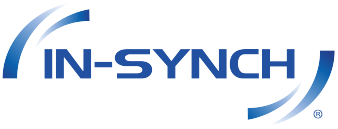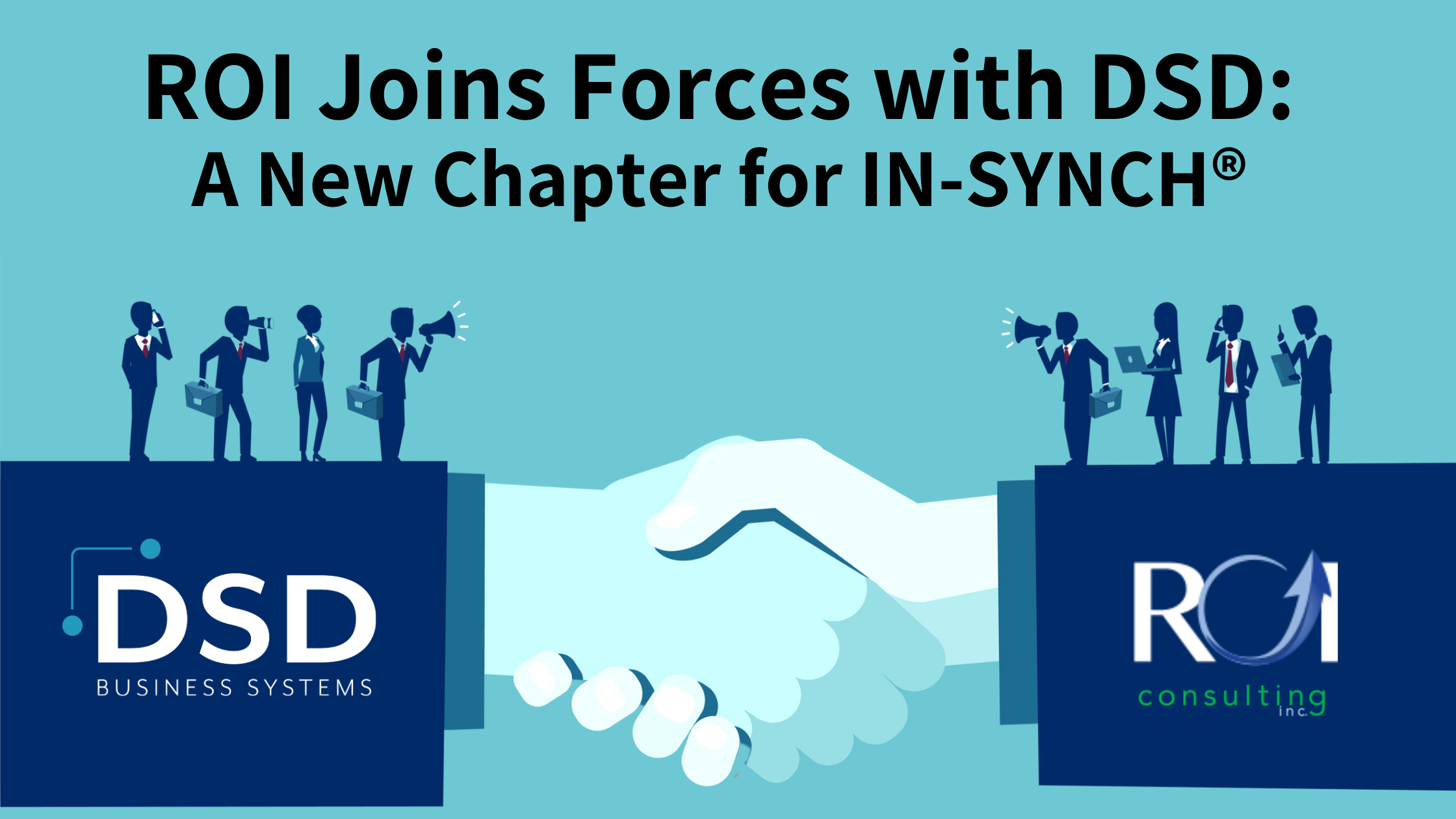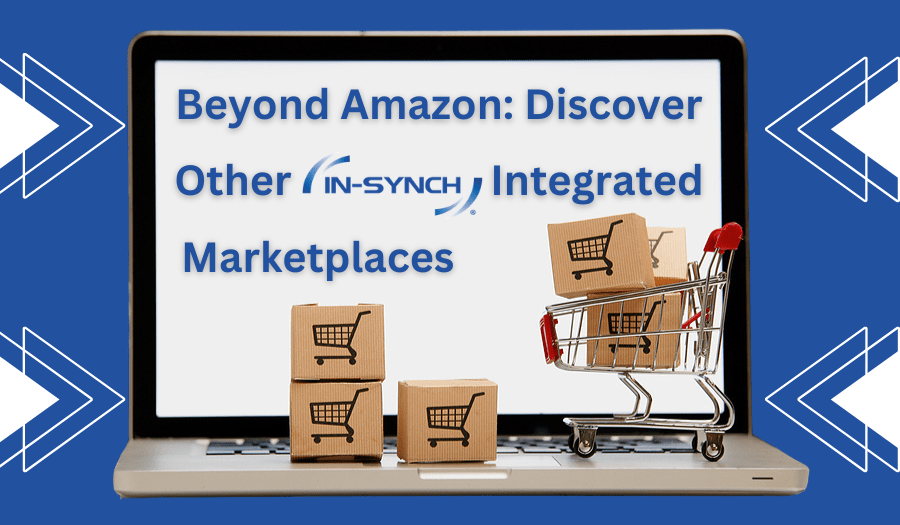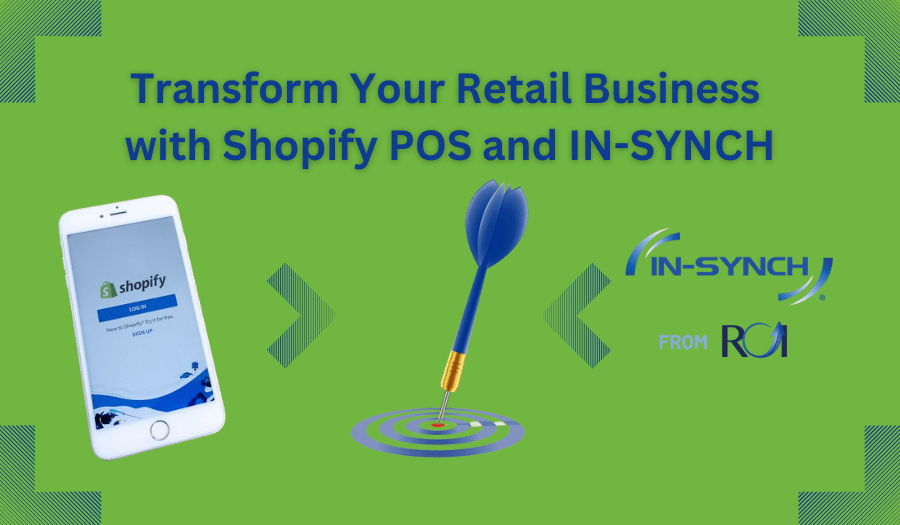By Ruth Richter • February 20, 2019

In this two-part blog series, we’ll look at several complementary strategies that can significantly boost your sales in 2019.
Grow Sales with Market Expansion
While it’s important to grow your client base, you also want to offer perks and additions that can maintain your current client base. It’s not just about price, it’s also about value.
- What can you add to current products? Adding additional services and products to what you currently offer can both gain new customers as well as keep your existing ones. Look for opportunities that easily fit into your market, such as adding pool maintenance or snow removal to your landscaping service. If you offer services to homeowners, look for small businesses who might benefit from the same, or vice-versa. For product-based sales, look for opportunities to offer maintenance contracts or extended warranties. Having trouble deciding what to try? Find out what’s working for your competitors and replicate their success.
- Where can you expand your market area? Small businesses often start with a small customer base, but you don’t have to stay small. Investigating surrounding area markets may uncover surprising information, such as suburbs or rural areas that are well within your business’ reach and are not already being covered by you or your competition.
- Can you bundle with other companies? You might not have the capital to add other products to your bag, but you might create additional opportunities by bundling complementary products with other companies. Software sellers may choose to bundle with hardware companies. An independent coffee shop might connect with a local art gallery to showcase and sell artwork that could also point back to an art supply company. Be creative about how you connect with other companies and products. The right partner is out there, and you’ll bring in additional sales people to spread the word on your product without spending additional capital.
Data Makes the Difference
Deciding where to expand your market should be a targeted decision backed by data. If a particular piece of computer hardware isn’t a big seller, you need to look at the data to find out why. Bundling in software might boost its market appeal, but if it’s an older piece of hardware, you might be better served to develop more cutting-edge technology instead.
Accessing data can make the difference between growing your sales and simply spinning your wheels. ERP data will have the lion’s share of what you need, but you’ll also want to map sales trends, especially with ecommerce sales. IN-SYNCH by ROI Consulting allows data to flow freely between your Sage 100 ERP, ecommerce sites and third-party carts, and other platforms that house your data, such as third-party logistics (3PL) providers. Track orders, access real-time inventory, offer customer-specific pricing; the integration possibilities are endless
Get Your Data with IN-SYNCH
Sales growth strategies are endless, and so are the ways that IN-SYNCH can help navigate those strategies with improved data access. Click here for more information or call 402-934-2223 ext. 101. Then, be sure to stay tuned for Part II, delving into pricing strategies.




